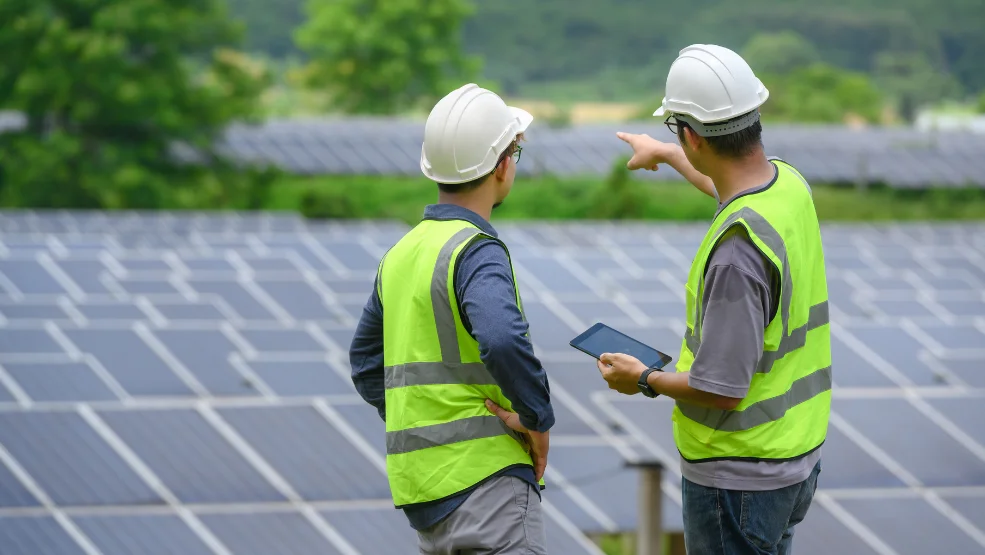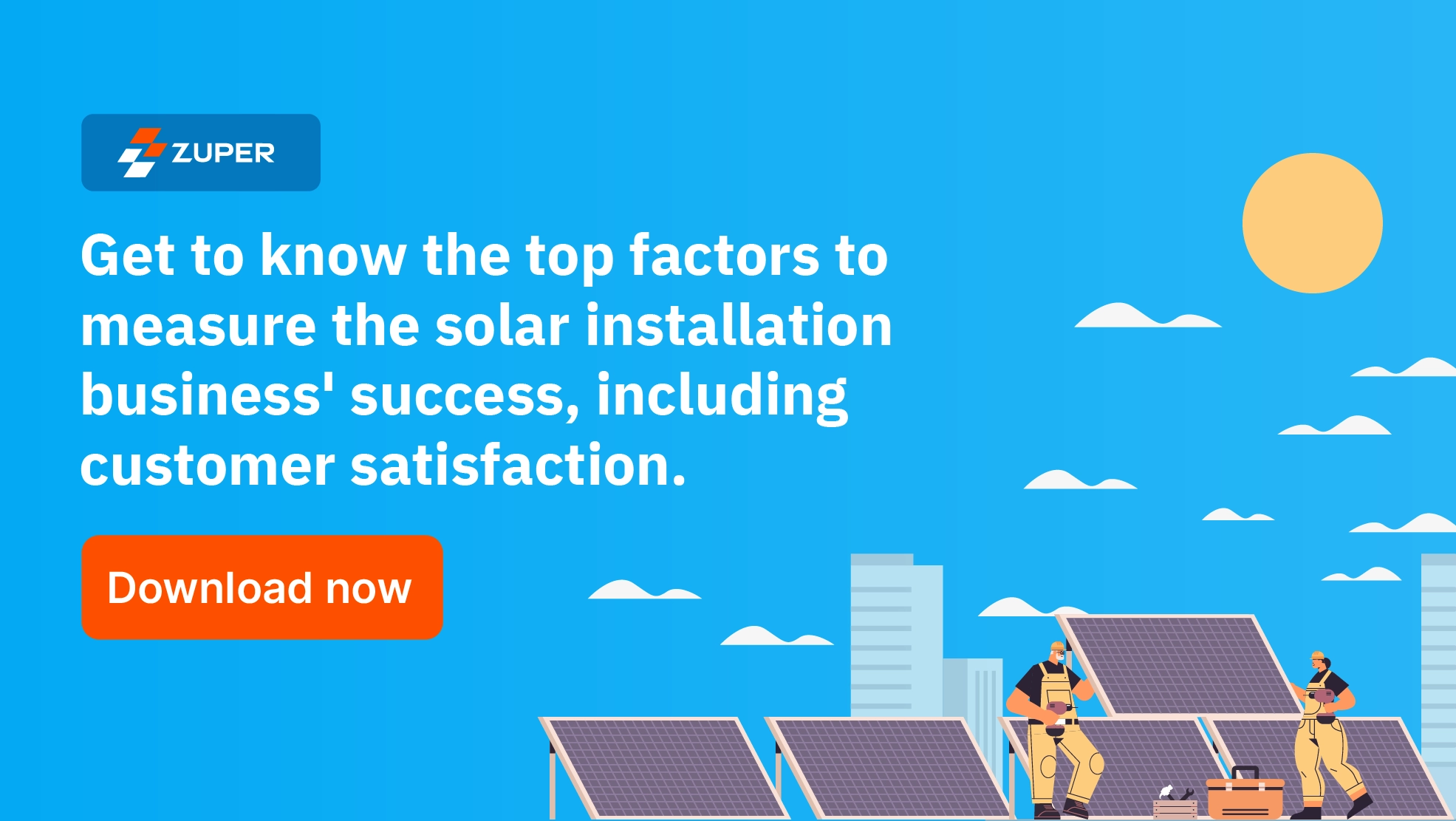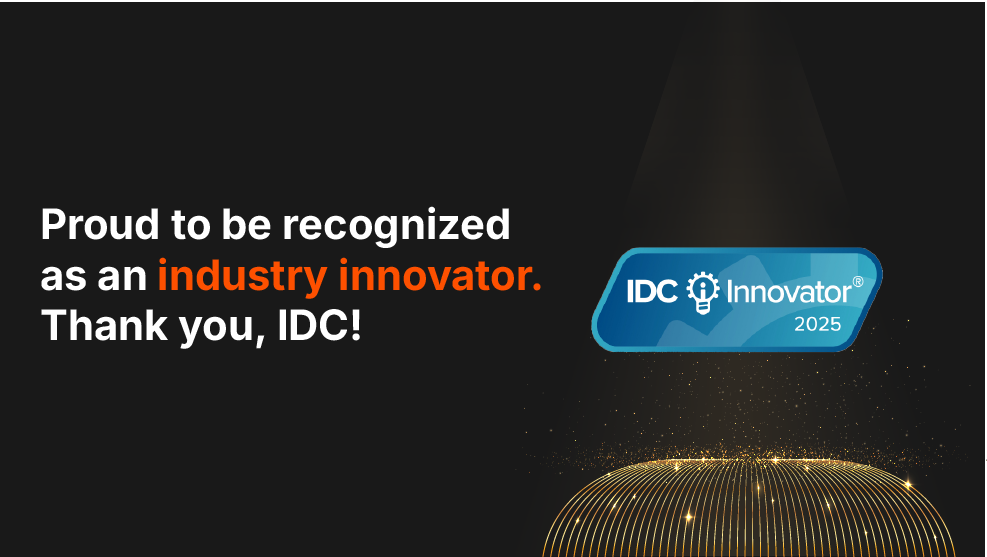Did you know that solar community projects have grown at a rate of 2,500% in just five years? Yes! solar community is skyrocketing across the US, shaking up the energy game. This isn’t just about saving a few dollars on your bill, community solar is a green revolution where neighbors join forces to harness the sun, reducing carbon emissions, and build stronger, more resilient communities. In this article, let’s explore how solar community projects power America’s future.
What are community solar projects?
Community solar projects are innovative initiatives that bring solar power to the masses, allowing individuals, businesses, and communities to benefit from clean and renewable energy sources without needing individual rooftop installations. These projects aim to make solar energy accessible and affordable to a broader audience, overcoming common barriers associated with traditional solar setups.
At the core of community solar lies the idea of shared solar facilities or solar gardens. Instead of relying on personal rooftop installations, participants can subscribe to a portion of a larger solar array located off-site, often in a centralized solar farm. This collective approach enables those who may have limited rooftop space, face financial constraints, or live in rental properties to access the benefits of solar power.
Benefits of community solar projects
Financial power
Community solar is not just about embracing clean energy; it’s about making it affordable and accessible to everyone. Imagine slashing your energy bills while contributing to a greener tomorrow. Thanks to solar farms offering a collective solution, communities nationwide are witnessing substantial savings on their power bills.
Rooftop revolution
Traditional rooftop solar has limitations—from high installation costs to unsuitable roofs. But community rooftop is the solution that doesn’t discriminate based on your roof size or financial constraints. It’s a movement ensuring solar power is for everyone, not just those with ideal rooftops.
Economic empowerment
Besides the financial advantages, community solar projects empower individuals and communities economically. Community members become stakeholders in the local energy landscape by participating in these initiatives. The shared ownership model encourages a sense of pride and responsibility and creates a more resilient and economically self-sufficient community.
Environmental benefits
Community solar offers a significant boost to environmental health in a couple of key ways:
Reduced greenhouse gas emissions
Unlike fossil fuel power plants, solar energy generates electricity without producing harmful greenhouse gasses that contribute to climate change. By subscribing to community solar, you’re essentially offsetting your reliance on traditional energy sources and helping to reduce your community’s carbon footprint.
Preservation of natural resources
Every kilowatt-hour of solar energy generated is a kilowatt-hour less that needs to come from a fossil fuel plant. This translates to a reduced need for extracting and burning fossil fuels, which helps conserve natural resources like coal, oil, and natural gas. Additionally, solar panels require significantly less water compared to traditional power sources.
Improved air and water quality
Fossil fuel power plants are notorious for emitting harmful pollutants like sulfur dioxide and nitrogen oxides. These pollutants contribute to smog, acid rain, and other environmental problems. By reducing reliance on fossil fuels, community solar helps improve air and water quality, leading to a healthier environment for everyone.
How are community solar projects powering America’s future?
Community connection
Community solar isn’t just about harnessing sunlight; it’s about fostering collaboration within neighborhoods. These projects unite people, creating a sense of shared ownership and responsibility. Learn about initiatives that power homes and empower entire communities—building resilience and knowledge about sustainable living. We’ll explore partnerships and educational programs linked to solar farms that go beyond just energy generation.
Job creation
The economic benefits of community solar extend far beyond reduced energy bills. Imagine a surge in job opportunities—from construction to maintenance and beyond. Local communities are witnessing growth in employment thanks to these solar initiatives. Community solar is a clean energy source and has been a catalyst for local workforce development and training programs.
The big picture
As we bask in the glow of community solar, it’s essential to recognize its role in shaping America’s energy future. This isn’t just a local movement; it’s a key player in the national transition towards sustainable energy. Explore how community solar contributes to green infrastructure development and creates a more equitable energy landscape. Dive into the policy advancements that support this movement and glimpse into the future where community solar plays a pivotal role in our sustainable energy ecosystem.
Environmental education initiatives
Community solar projects go beyond producing clean energy; they act as educational hubs fostering environmental awareness. Explore the initiatives that include educational programs designed to enlighten communities about the impact of their sustainable choices. These programs often reach schools, community centers, and local events, creating a ripple effect of environmental literacy. Community solar becomes a medium not just for power but for knowledge, shaping a future where sustainable living is not just a choice but a shared understanding.
Technology integration for energy efficiency
Community solar projects don’t stop at energy production; they integrate technological advancements to enhance energy efficiency. Discover how these projects leverage smart technologies, from energy storage solutions to grid optimization. This ensures a reliable and consistent energy supply and contributes to a more resilient and efficient infrastructure. Community solar has become a hub of innovation, pushing the boundaries of what’s possible in sustainable energy practices.
Cost of Community Solar Participation
No Upfront Costs: Unlike rooftop solar, community solar typically requires no upfront investment. You simply subscribe to a portion of the solar array.
Subscription Fees: You’ll pay a monthly subscription fee based on your share of the solar energy produced. This fee typically falls between $0.05 and $0.15 per kilowatt-hour (kWh), which can be lower than the traditional rate you pay your utility company, leading to electricity bill savings.
There are two main subscription models:
Power Purchase Agreement (PPA): This is the most common model. You pay a fixed monthly rate for the solar energy you subscribe to, with potential savings compared to your standard electricity rate. Expect this rate to be in the range of $0.06 to $0.12 per kWh.
Subscription with Bill Credits: You pay a lower monthly subscription fee (around $5 to $15 monthly) and receive credits on your electricity bill based on your share of the solar production.
Savings vary depending on your location, utility rates, and the specific community solar program. Generally, you can expect savings of 5-20% on your electricity bill.
Conclusion
In conclusion, community solar is not just about harnessing sunlight; it’s about harnessing the power of communities coming together for a cleaner, greener future. Join the movement, and let’s light up the world, one solar panel at a time.









